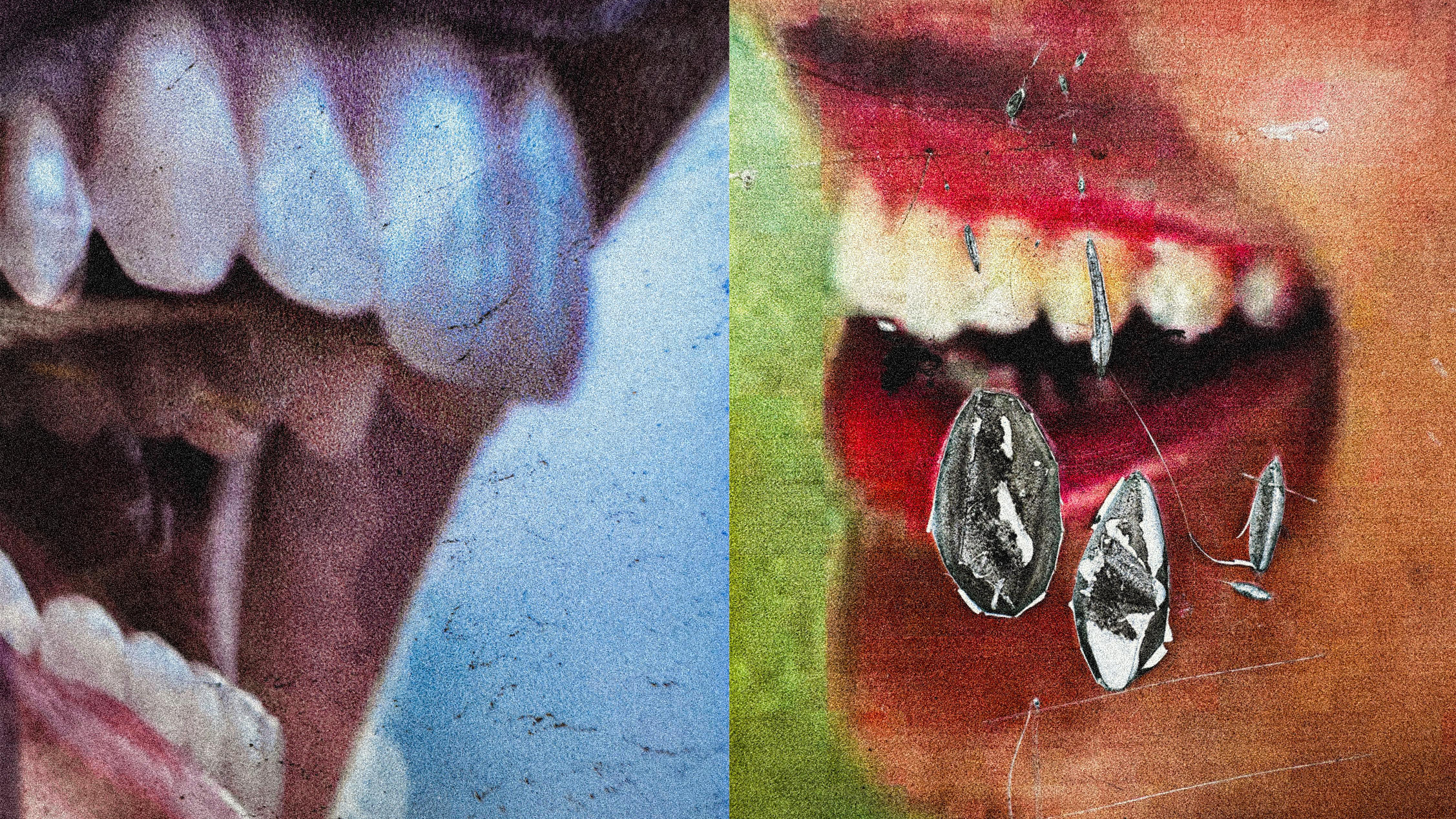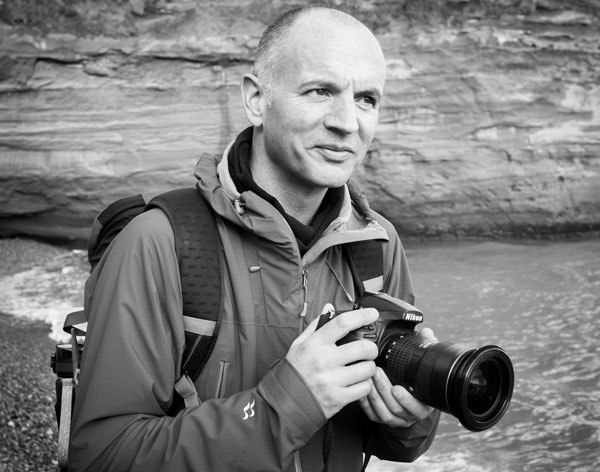

Benedict Brain is a UK-based photographer, journalist and artist. He is an Associate of the Royal Photographic Society and sits on the society’s Distinctions Advisory Panel. He is also a past editor of Digital Camera Magazine, and the author of You Will be Able to Take Great Photos by The End of This Book.
These images above were made with my iPhone. I have recently started using it as
a more serious photographic tool – partly because I’ve just upgraded to a swanky iPhone 15 Pro Max and partly because I’m pitching a book about iPhone photography to a publisher, but mainly because it’s a damn good photographic tool. I used to use my phone to ‘sketch’ ideas, make record shots or candid family images. But recently, I’ve started reaching for my iPhone as a first-choice creative option.
These images focus on small segments of some advertising hoarding promoting a local beer somewhere in the South Pacific. I was initially seduced by the way time, light and weather had deteriorated, faded and eroded the advertisement. The tears and scars in relative close-up took on a new aesthetic that I liked.
I also enjoyed the act of taking an existential step back, or in this case, forward, to isolate and decontextualize parts of the image; focusing on parts of the smiles in an extreme close-up makes them feel more demonic, manic and deranged than the happy and carefree vibe they were intended to evoke. Mischievously, I enjoy this.
I acknowledge that this is a form of appropriation and I’m not entirely sure how I feel about it, but I’m not the first. These images could be seen to be in the tradition of the controversial American artist Richard Prince, who was known for the use of appropriation in his work. Prince became famous in the 1980s for his ‘re-photography’ series, where he took photographs of existing photographs, often from advertisements or magazines, and presented them as his own art. This challenged notions of originality and authorship in the art world. His work often raises questions about copyright, consumer culture and the nature of art, which in itself is interesting, especially against the current climate where there are some parallels with the
way AI references art online.
Like Richard Prince, AI can take existing images or information and repurpose them in new contexts. However, while Prince’s work often involves a deliberate commentary on issues like authorship and consumer culture, AI’s referencing of art online is typically driven by algorithms and data without the same level of intentionality or conceptual depth. I think this is incredibly interesting and so maybe these images pose more questions than answers. What do you think?
• Other articles in the Art of Seeing series
Read more:
• The 50 best photographers ever
• 120 best photography quotes from famous photographers
• The best coffee-table books on photography







